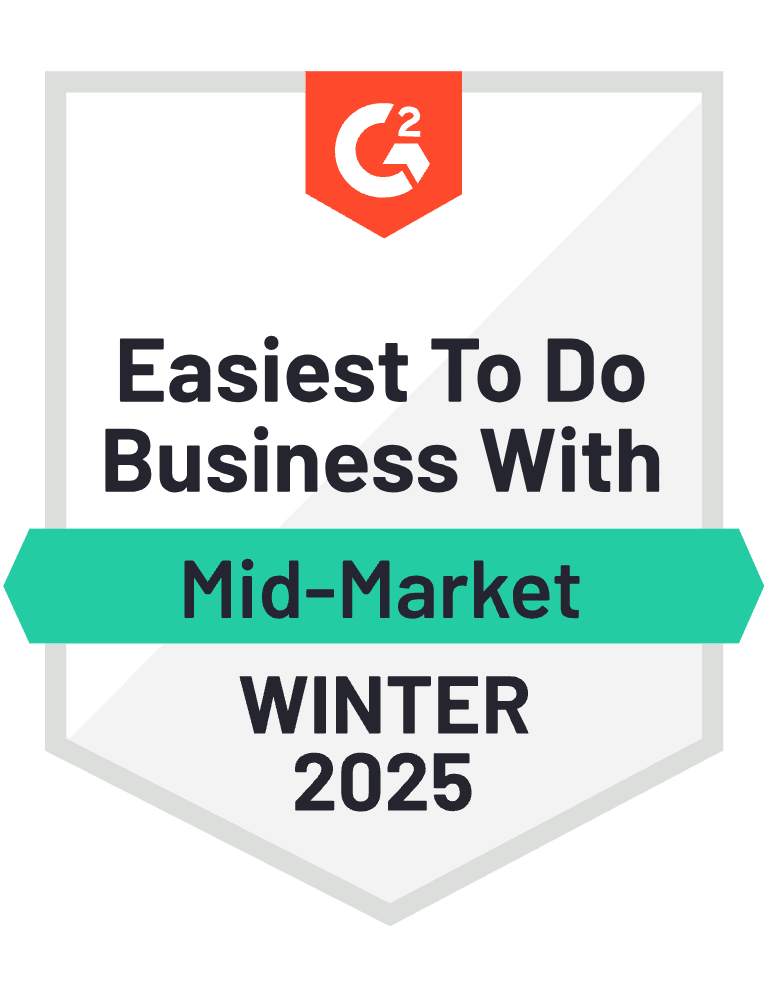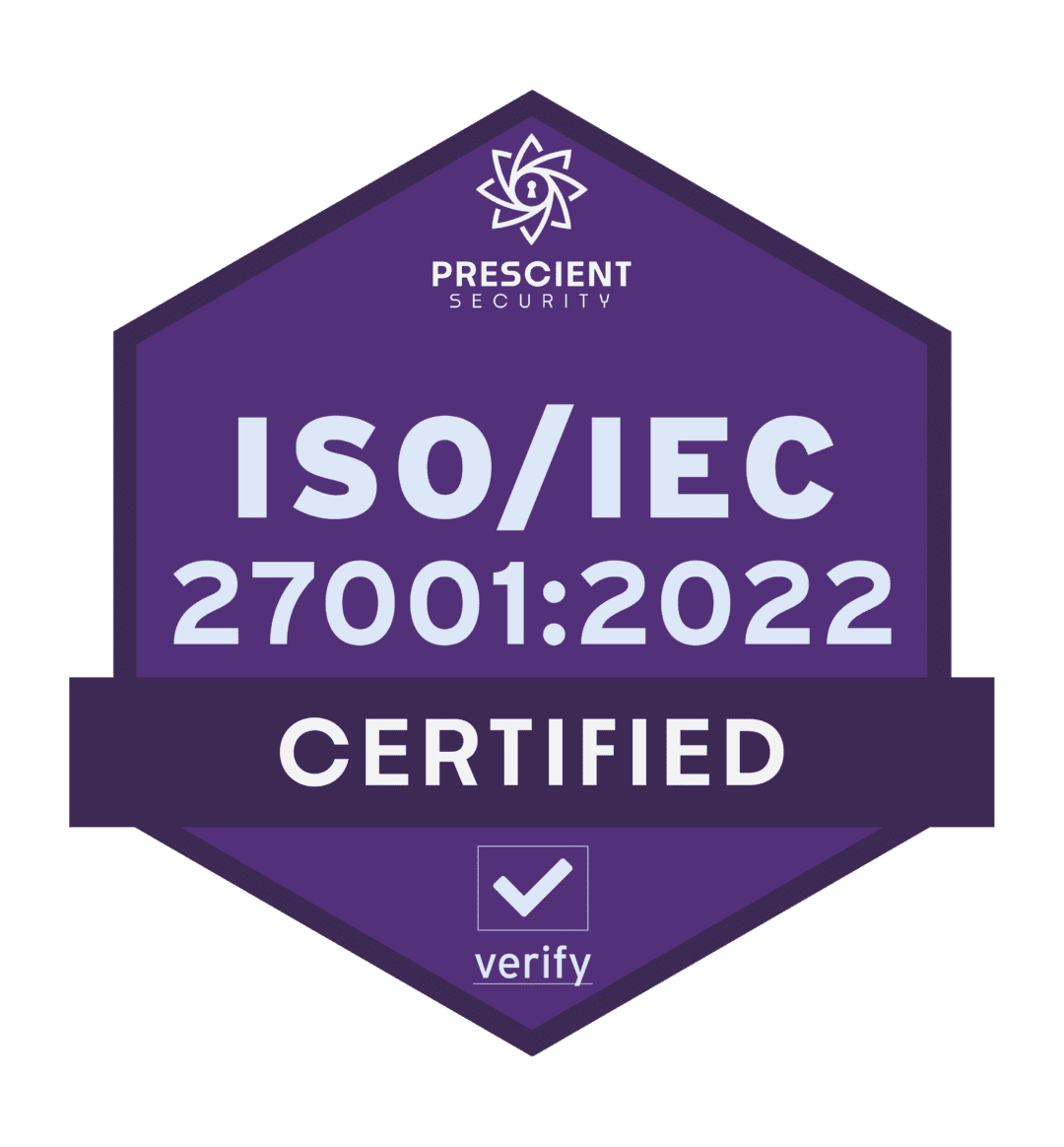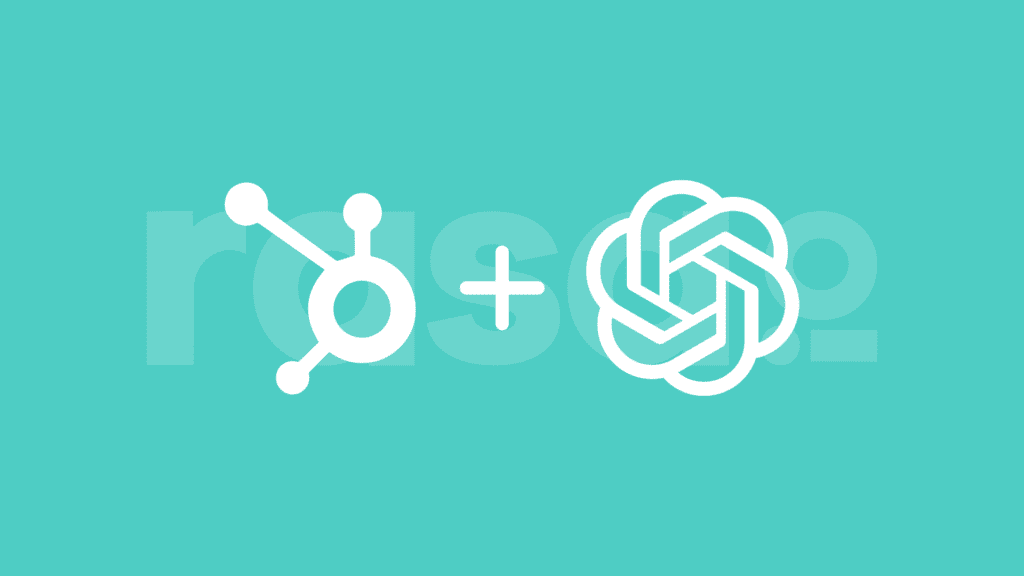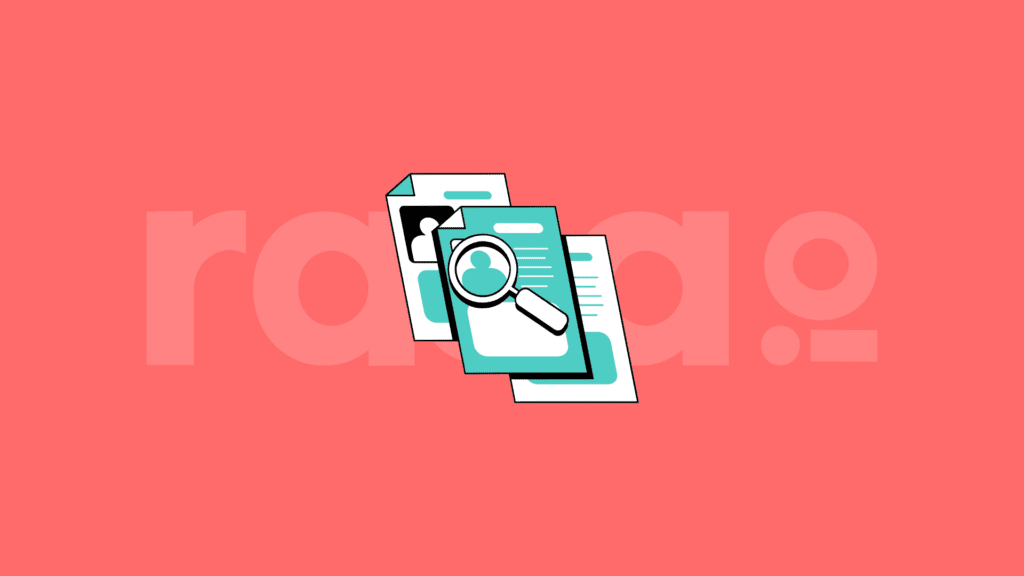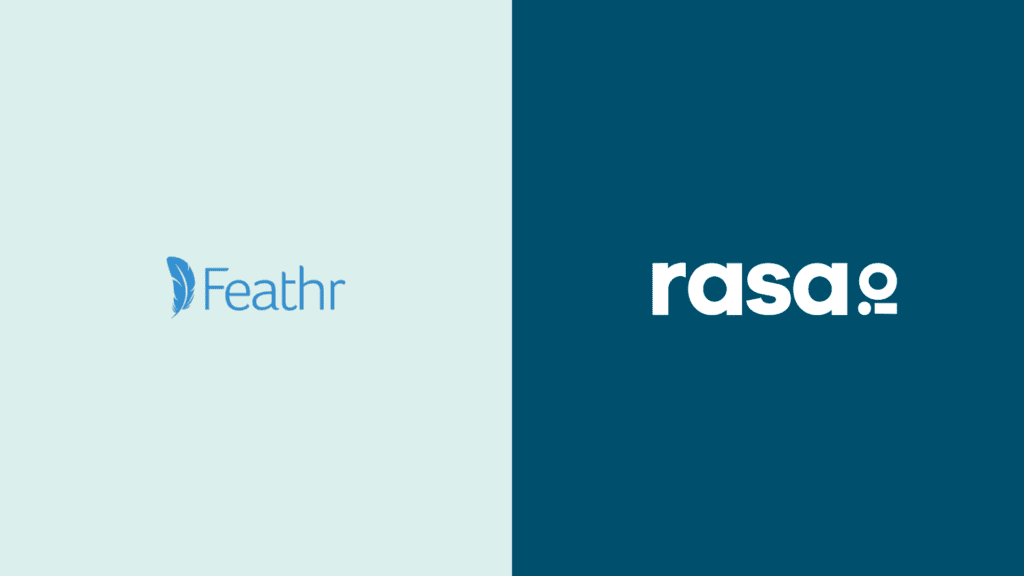Elizabeth McCravy
How one web designer thinks about and uses email to grow her business that does not include publishing a weekly newsletter. Here’s Elizabeth McCravy’s story about Pushing Send.Elizabeth McCravy is a Nashville-based graphic designer, marketing strategist, and she helps people find the unique voice for their business and share it with the world. If it’s about strategic design, then she is your girl.
Key Points From This Episode:
- Elizabeth began collecting emails long before she began a true email strategy. When she began offering products, this established email list was extremely helpful for her success.
- She has since developed an email strategy that includes using nurture sequences and funnels that allow new readers to move along in a journey with her over a series of weeks and she doesn’t have to write fresh emails each week.
- Emails feel more personalized for Elizabeth than her podcast or social media channels, because she can actually have a two-way conversation with her readers.
- Elizabeth uses quizzes, FB ads, freebies, and lots of other lead magnets that involve interaction to build her list. She also hired a rockstar copywriter to help, as well.
- Writing weekly emails has always been a struggle for Elizabeth, so she doesn’t do it and uses her funnels and sequences instead and sprinkles in new, and great stuff along the way.
Tweetables:
“I have these sequences that people go into and they’re kind of on their own journey with the email content and I did that because I got kind of sick of just every single week having to write a brand new email, focusing on making it like as awesome as possible.” – @lizabethkatlyn
“Every week when I’m doing this over and over and over again, I was struggling and feelingl like the content was good enough to put in someone’s email inbox and bombard them with it every week. So I ended up not doing it.” – @lizabethkatlyn
“Doing an evergreen sequence plays that same role like that for me and my business is what just ended up feeling the best. Keeping that going, adding to it consistently when there’s a new podcast episode.” – @lizabethkatlyn
“If you don’t have anything that you think is valuable or that you want to say, and I feel the same way about emails. We should feel good about it. And that’s going to create an amazing relationship with the people on your email list.” – @lizabethkatlyn
Links Mentioned in Today’s Episode:
- Elizabeth McCravy: Website, LinkedIn, Instagram
- Bryan Kelly: LinkedIn
- rasa.io
- Breakthrough Brand Podcast
- Convertkit
- Emily Conley at Emily Writes Well
Episode Transcript
Elizabeth McCravy:
I listened to so many podcasts that was like my primary way of learning, how to do this whole thing. And that was a common thing you heard people say like, build your list The whole concept of like, not owning your Instagram followers, those were messages I was hearing all the time. So for me with those messages, I was not hearing anyone say what I ended up doing of starting the list, but not emailing regularly, but I was like, that’s what makes sense for you right now. I want to take this advice of starting and building email list, but I’m not ready yet to do the weekly email thing. Like I said, I didn’t really feel like I had the content to share yet, or the time at that point I was so just like working on client work, like all the time and less focused on building up those aspects of my business.
Bryan Kelly:
From rasa.io, the free tool for sending smarter and better email newsletters, this is Pushing Send, a show featuring people who send emails their subscribers actually want to read. I’m Bryan Kelly and on today’s show how one web designer thinks about and uses email to grow her business. Here’s Elizabeth McCravy talking about building an email list. What’s an example of how email has played a big part in the growth of your business?
Elizabeth McCravy:
Well, one big way that it played a role was early on. I started building an email list before I ever intended to actually email people regularly. Which I know is probably goes against a lot of common advice about email marketing. But I started building a list when I was still a service-based business owner. And I started building that with a, just a freebie on my website that was super like made well for the people I was working with one-on-one. I had a few different freebies. People were opting into it getting a short nurture sequence, which we can, we can dive into that as well, but they were getting that. And then I wasn’t emailing them again after that, but I was building that list. And so whenever it came time for me to like launch a product based business stuff, like my website templates, I started using email marketing then. I had already started building a bit of a list I had to re-engage them, of course, but most people stuck around. So that was one way was really helpful for me of launching my website templates. The first time email was a huge player in that. And even still so many of my sales come through a funnel that people go into after they do an opt-in on my website. Um, and it’s just there in their own experience with that. And many of them end up buying.
Bryan Kelly:
Was this something you had from day one or did you realize that after some time had passed?
Elizabeth McCravy:
Yeah, so it wasn’t from day one because I feel like the common advice is that for service businesses, especially in the online business space, that is that you don’t really necessarily need to build an email list when you’re just working with clients. So it was more so when I was getting into education. I was writing a lot of blog content and then eventually ended up with my own podcast. But when I was in that phase of like, knowing, Hey, I think I want to create products at some point, but I’m not at a place yet where I feel like I have the capacity or the things to even say it to like send a weekly email, but I want to go ahead and start building that audience instead of just focusing on Instagram, which is another place I’ve focused on building. So yeah, it was probably about, I want to say maybe two years in the business, I started focusing on that.
Bryan Kelly:
What’s changed over the years for you in this regards. Maybe another way to look at it is what does the before and after look like when it comes to email?
Elizabeth McCravy:
Man, I mean, so much has changed. I mean, when I first started doing email marketing, like I said, it was just a few freebies and a 2-3 day I can’t remember how many days, but a fast nurture sequence and then people really weren’t hearing from me often. And now, I mean, I have a few different funnels where people go into one in particular that I really love. It’s just like a free content, um, sort of a nurture sequence that goes out weekly. So I actually do that instead of sending a weekly written every single week fresh email, I have these sequences that people go into and they’re kind of on their own journey with the email content and I did that because I got kind of sick of just every single week having to write a brand new email, focusing on making it like as awesome as possible. But then also knowing that like every time someone new gets on my list, they’re not going to get to see this content. So instead I focused on making a really great educational mostly, but then also with bits of like here’s information about my products in it, that at any point people are on their own journey with it. So that’s the biggest thing now that people are getting from me.
Bryan Kelly:
Are you publishing something weekly or just using those sequences?
Elizabeth McCravy:
Yeah. So that is the weekly thing. And it is like every Tuesday it’s set to automatically. So whatever, you know, some people like actually had one today. It’s like, some people are on the first email of that. And some people are on the seventh email and periodically I will like pause it completely and then send like a brand new, fresh email on Tuesday. So it all just ends up flowing together really nicely. But then those emails that are sent every week are really, I think like really strong emails, highlighting content for some of my best podcast episodes. And again, like, feel like it’s just, it doesn’t really feel like it’s a funnel at all. I don’t think.
Bryan Kelly:
Yeah, it sounds a little more organic and natural rather than just the constant barrage of messages to your subscribers. So what’s an example of a life-changing aspect that email has brought to your business.
Elizabeth McCravy:
I mean, for me, email feels more personalized than an Instagram post or a podcast episode, you know, with podcasting people aren’t really interacting with you. I mean, even like the biggest thing they can do in most cases is writing like a review on Apple podcasts, which we don’t even get to respond to. So like hearing from those listeners is a lot harder. Uh, and with Instagram, I mean, people know, it feels like it’s a one to many conversation. I of course will talk to people in like Instagram DMs or get comments on posts that I respond to or comment on other people’s content. But something about email just feels really special, especially when it’s the educational storytelling, not necessarily selling something to you type of content. And so for me, especially talking about this funnel, I have, that’s just a educational once a week thing that’s being sent out every week, people are responding to it and saying, Oh my gosh, this story resonated with me so much. Thank you for sharing this tip. I’m totally going to try that. And it’s like a conversation right there that we’re directly getting to have together. And I just think that’s so special. And I know now another thought with email, like at one point email marketing was so much smaller to where you really were, like people are getting less emails. People are seeing them more versus just archiving or deleting because there was less stuff people were getting. Now people get a ton of emails, but I still think it’s the best way to sell your products. And it’s something you own, which, you know, we hear people say that all the time, referencing things like Instagram and Facebook of like these platforms could go under, they could lose all the followers. You could get banned and lose everyone, but your email list is really the thing you own. And I totally agree with that. So I feel like for me, I’ve focused this year heavily on building my Instagram account, but I’ve also focused equally on building up an email list of people that my offer is relevant to them.
Bryan Kelly:
Now, if email was taken out of the equation, would that hurt?
Elizabeth McCravy:
So once I would not have an email would be that one of the biggest drivers, I think for my template shop of making sales is a often I have, that’s a website personality quiz. So they take it super fun, interactive, and then they get matched directly with like, Hey, this template would be the right one for you based on your answers. And then after that, they go and get emails about all the templates and the, like you basically selling it to them. And as well as giving some educational content throughout, I think without that happening, that quiz and the emails that follow it, it would be a lot harder to sell the website templates because that kind of content is not something that works to do on Instagram or Facebook or on a podcast episode. Like it needs to be on someone’s computer and delivered over email. So that’s one thing that would be really hard to not have.
Bryan Kelly:
Hmm. Yeah. Well, with the audience that you’ve cultivated, what were some of the ways you’ve specifically built your email list, like from virtually nobody to where it’s at now today?
Elizabeth McCravy:
That’s a great question. And it really has changed and evolved over the course of my business of how I’ve been growing the email list. So, I mean, starting out and still today, this is a piece of it. But when I was starting, this was like literally the only piece was lead magnets. And those were mostly freebie type PDFs of like a guide. I had one that I still have. It was really popular and was a big driver early on. That’s a naming your business workbook. And so people print it out. It guides you through how to name your business. And as a brand and website designer have helped tons of business owners named their business. So that made a lot of sense. I had another one early on that was an ideal client discovery workbook. That again, I still have it even years later and I’ve updated it some, but those two early on back, like I said, when I didn’t send emails regularly, those were ones that really drove people to my email list. ,And then since then, I mean, that website personality was, is a huge one. So using a quiz instead of just a freebie, I also use my podcast to do free downloads that connect to specific episodes. And then in most recent days, um, really like for the majority of this year, I have used Facebook ads. I run ads to free downloads, run ads to that website personality quiz, and then people get on my list that way. And that’s been really helpful for growth. And I’ve been super grateful that even with running ads, to like oftentimes a somewhat cold audience for a lot of it, or look alike audiences to people who are on the email list already, the people who keep coming on still feel like the products I’m offering are so relevant to them, which is awesome.
Bryan Kelly:
When we come back, Elizabeth described some of the struggles she’s encountered regarding email and what she did to address them. I’m Bryan Kelly, and you’re listening to Pushing Send from rasa.io.
rasa.io:
Creating email newsletters takes a lot of time. You might curate articles, write content, tweak your template, and look up metrics and not to mention you’re probably doing all of this once a week. well at rasa.io, we said enough and built a free tool to simplify the process, which saves you time. It also uses AI to personalize emails for each subscriber based on their interests. That means they get stuff they like to read. Want to see how it works? Visit www.rasa.io and click how it works.
Bryan Kelly:
Welcome back to Pusing Send, I’m Bryan Kelly, Elizabeth McCravy has done a lot of hands-on work building her email marketing system, but it hasn’t been easy and she’s had some help. Here’s Elizabeth, did you build all of your email sequences and then write the copy? Or did you bring in help for this stuff?
Elizabeth McCravy:
So I’ve done the majority of it, myself, the whole sequencing and segmenting of people. I’ve done myself and I use Convertkit, which I’ve used the whole time I’ve had my business and therefore I’m pretty familiar with it. And as a designer, I’ve often worked with clients on like, you know, putting their forms on their website and things like that. So got, I got really familiar with it. I do use a whole lot of integrations with Convertkit. Um, so like my cart software has to be integrated the quiz software. I use Stripe and PayPal. Like all of these things are like feeding into Convertkit together. And I have so many sequences and things like that. I need to honestly organize it, organize it better. That’s been on my to-do list, but one thing I have gotten help with this year when it comes to email marketing is for that big funnel nurture free content sequence. I was talking about, I hired a copywriter to help me with that. And she was just so brilliant to work with. She’s actually a customer of mine as well, and has one of my website templates. She’s a podcast listener. And so she knows my brand and business super well. And what we did there was I actually had this project in mind of like, I’m going to make a really awesome funnel that gives free content that’ll go out weekly. And I wrote like the first three or four emails and then I was basically the bottleneck on that project. Like I kept in the end up not making time for it, kept putting it on the back burner. And so those emails sat in Google Drive written and ready to go, but without like the full thing created. And so I ended up working with her and, you know, came up with like a here’s the concepts, the focuses of these emails, how are they all going to flow together to be like a nice journey for people to go through every week? And so she helped me write out the rest of them. I want to say right now that funnel is 11 emails. We’re planning on adding to it soon. So it’s only 11 weeks right now, but she wrote about half of them and I wrote the other half and then we just merged them together. And you know, people get those now, but that was super helpful to have her writing skills there. And her familiarity with my business already made that like so easy to do.
Bryan Kelly:
Nice. That’s really great. So who was the copywriter?
Elizabeth McCravy:
Yeah, her name is Emily Conley. Her website is Emilywriteswell.com like writes as in writing. She’s awesome.
Bryan Kelly:
Okay. So it sounds like that was a challenge, but has there been anything else that’s been a struggle?
Elizabeth McCravy:
Yeah. Okay one huge challenge that like, again is why I made this master sequence to send to people, but I basically the whole time I’ve had my business struggled with committing to that consistent weekly email, I have a consistent weekly content through my podcasts. And so I’m like, okay, all I have to do is write an email that corresponds to the podcast episode that comes out on Tuesday and send it out. But something about that for me, always feels a little off because every week when I’m doing this over and over and over again, I was struggling to feeling like the content was like good enough to put in someone’s email inbox and like bombard them with it every week. So I ended up not doing it. And so I’ve had a problem for a while of where, you know, I might send an email one week and email the next and then go like four weeks without sending an email at all and then have to start up again. And it was just like a really long cycle of that, which I know the inconsistency of that is not good. Like we want people to get used to receiving emails from us and expect that and hopefully look forward to them. And obviously that made it really tough when I’d go into a launch where then I might be sending over the course of seven days, like eight emails maybe. And then when someone hadn’t heard from you in a while that does not create a great experience. So I’d say the consistency of weekly emails was the thing that’s been the hardest and I know like for many people that’s something you just hire out. And I have team members who totally could have been the person doing that, but I, again, I just, wasn’t making it a priority.
Bryan Kelly:
Hmm. It’s really tough. Why do you think a weekly publishing schedule hasn’t been a good fit for you?
Elizabeth McCravy:
I think for me like, for me, that I feel like I found that solution and doing like an evergreen sequence that people get put into that plays that same role like that for me and my business is what just ended up feeling the best. Like keeping that going, adding to it consistently when there’s new podcast episodes that feel like a great top episode to share content on? So I like right now, I still have no intention of like doing it weekly, except for those interrupters where I pause that sequence and then send out an email. Or if I’m in a launch, I’ll pause all my sequences so that people aren’t getting like multiple emails from me during that period. But yeah, I think it just didn’t feel right. And like, I really like, I love and get excited when I see these emails that are in this sequence, like come into my inbox on Tuesdays. Like this is really good content. It’s helpful. It’s well thought out it’s entertaining to read. And like, that’s how I want my emails to sound. And I want to feel really good what the content is.
Bryan Kelly:
You know, so many of us just push out a regular cadence of emails because we committed to a schedule, but we just end up sending something for the sake of sending something. Your approach focuses on the best of the best that you’ve got right now and I love that.
Elizabeth McCravy:
Yeah, absolutely. And I mean, that’s true for like all content. Like I always tell people with things like Instagram, like don’t just post a post. Like it’s okay to not post. If you don’t have anything that you think is valuable or that you want to say, and I feel the same way about emails. Like we should feel good about it. And that’s going to create an amazing relationship with the people on your email list. Because if you are consistently sending emails that they’re like, why am I reading this? Then they’re going to delete or archive and not open the next one.
Bryan Kelly:
As you were describing this, I wondered if you’ve had any negative backlash from subscribers who haven’t heard from you in awhile, but then start to receive a promotional email sequence from you at some point.
Elizabeth McCravy:
That’s a great question. I haven’t had that happen. I’m sure that does happen. I mean, for me when I went like a really long period, like I was talking about early on where it was like a year or two and not a year, it’s probably just a year, not a year or two that’s, that’s a really long time, but it’s probably like about a year maybe where I did not send an email. I did like an actual re-engagement email where I was like, acknowledging you haven’t heard from me, offering value, giving people link to like, like directing them to like, Hey, the unsubscribed buttons in the bottom with this, does it feel like a good fit for you. And then it’s, you know, if it does, here’s some stuff I’ve been working on lately that you should check out, check out this blog, post, check out this podcast episode. That was kind of how I phrased it. And so the people who were like choosing to stay in that moment, which was the majority of people, I got a lot of responses that were positive. Like, Hey, I’m excited. You’re going to start emailing again. And then with, you know, there are some people who chose to unsubscribe. And then for a couple of weeks, when I was in the emails, after that, I ended up doing like an email list, clean out where actually did want again, I’ve done this a few times. I did one last year as well, but where I like do kind of like a, hey, do you still want to be on this list, sent to people who are not opening or clicking the emails. And even last year I ended up deleting like 600 people or so I think it was 700 from my list after doing that cause I was like, you know, these people aren’t opening it. They might not even be using this email anymore and they probably need to come off. So I think cleaning out the list every now and then is going to be really smart and softwares like Convertkit and all the others do that, where you can look and see, you know, who are my cold subscribers, you can send them an email, try to re-engage them and get them an option to stay on the list, but then say, hey, you know, if I don’t hear from you, I’m going to delete you from my email list. I don’t want you to be receiving something that you don’t want to get.
Bryan Kelly:
That’s a good example of how you’ve thought about being genuine and authentic. Are there any other examples of the intentionality you’ve taken with emails that you send to people?
Elizabeth McCravy:
Yeah. I mean, there’s so many, there’s so many different ways. I mean, for me, I want people to have fun reading my emails and I want them to learn or gain something from them. So I love trying to create content overall, even in the marketing emails, you at the time we’re recording this, I know this will probably air a lot later, but we just had Black Friday, not that long ago and where I sent a lot of emails doing that promotion. And even for those I’m like, people are getting so many emails. I want to make sure like, this is one, they enjoy opening even if they do not buy. So I try to think about my emails that way, as far as like sequences, people are in, I do like to think about like, okay, when they’re in this sequence, what other ones are they getting added to? Because that’s a dangerous thing about a lot of these softwares of like you make all these different sequences and like this same lead magnet puts people in a bunch at once. And then you might not even realize it as the person creating it. But someone might be getting, say three emails a day from you from all these different sequences. If you aren’t setting it up in such a way that it moves them through them more clearly. So for me, I have it to where, you know, I have a two-day nurture sequence. It’s like a welcome, welcome sequence is the right term. But they get that for most of my freebies, right? When they sign up and then if they did the website personality quiz, they’ll get those instead. So I kind of do some stuff like that to make sure there’s not a ton of overlap or too many emails at once. Like I don’t want to just on any given week be emailing someone like multiple times a day. I understand that during launches where there’s a time limit, that makes more sense. But not typically.
Bryan Kelly:
Elizabeth has put a lot of intention into how she uses email sequences versus continually churning out content each week. Maybe this might fit for what your audience needs from you? Something to definitely think about coming up on our next episode, we’ll hear from Nicholas Vandenberg, the founder of Chili Piper, a tool for turning inbound leads into qualified meetings. Nicholas talks about his experience, crafting emails that close the deal. So if you’re listening to Pushing Send for the first time, be sure to subscribe at Apple podcasts or wherever you’re listening so you don’t miss an episode. And if you’ve enjoyed what you heard, I’d encourage you to check out a few other episodes while you’re here. Lastly, leaving a review will help us share these stories with others, just like you. Thanks for doing that. I’m Bryan Kelly, and you’ve been listening to Pusing Send from rasa.io.






